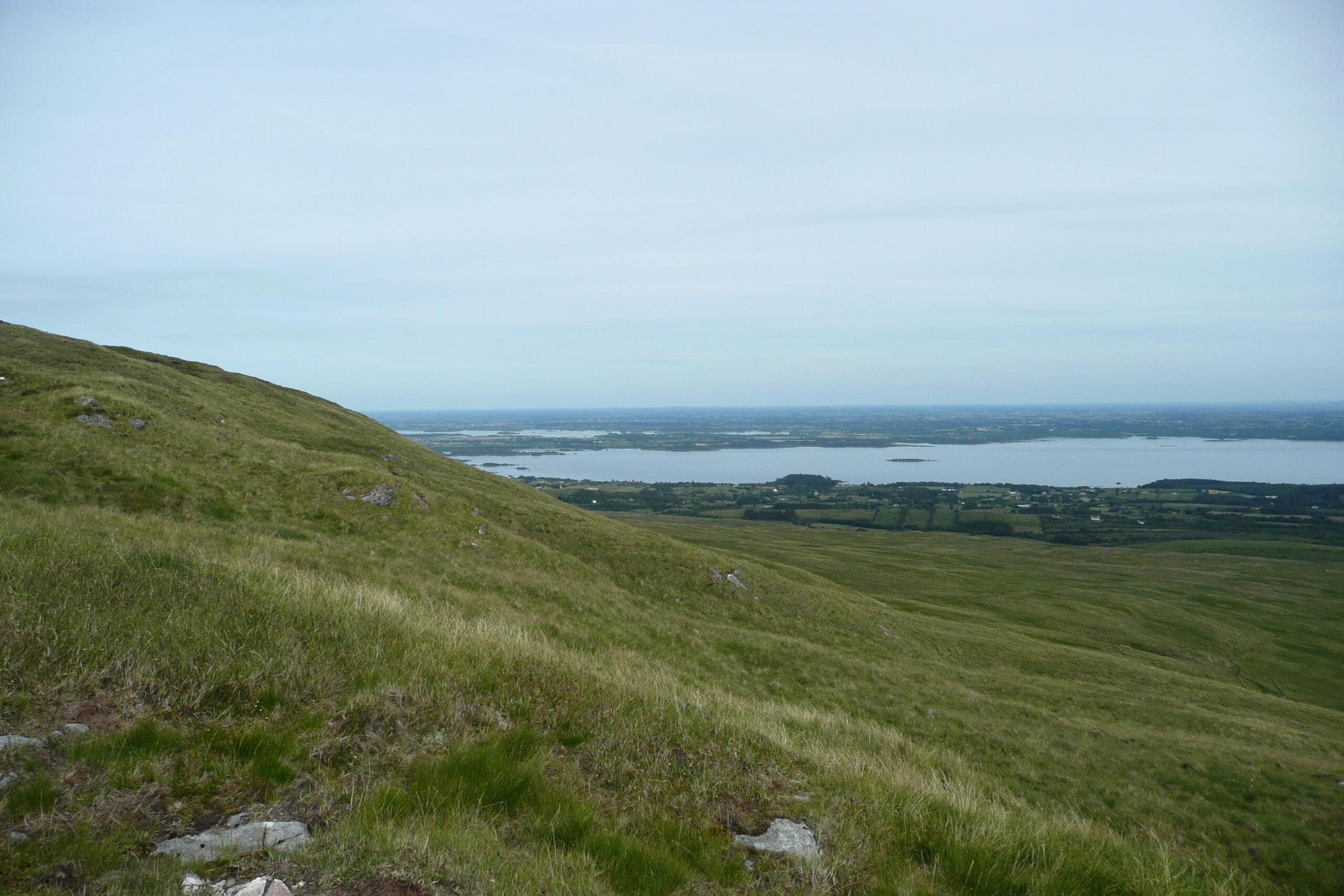250 Million Years Ago
The Last 300 Million Years – After the Carboniferous
There are no rock records in our geopark region for the following 250 million years. We know from other parts of Ireland that the landmass continued to move north, after colliding with another landmass to its south, which prompted some deformation of the bedrock and an uplift of most of the Irish landmass to a level higher than the sea-level at that time. As most sediments tend to settle and accumulate in basins, such as the seabed, the uplift of the Irish landmass above the sea-level meant that hardly any sediments were deposited in Ireland during these 250 million years.
Tectonically speaking, the next major event recorded in the geopark area was the opening of the Atlantic Ocean about 65 million years ago, at the end of the Cretaceous and the start of the Palaeogene Period. This started with the thinning of the continental crust followed by the opening of rifts.
Cracks in the bedrock were formed and were “plugged” by limited intrusions of magma in our geopark area, as seen by the dolerite sill on top of the Partry mountains at Droimchogaidh. This rifting activity that separated Ireland from Greenland and North America is also now thought to be responsible for the formation of the mountains that we see today in the west of Ireland. A section of Carboniferous sandstone that predates the Carboniferous limestone of Ireland is found on top of the Maumtrasna plateau, which sits 400m above the sea level. The same sandstoneis also found at a depth of 300m below the surface around Clonbur. This indicates that the rocks west of Lough Mask and Lough Corrib were uplifted by about 700m. This would have occurred when the early spread of oceanic crust pushed the two landmasses apart, which would have locally pinned blocks of bedrock against one another in a limited space and pushed them upwards.
